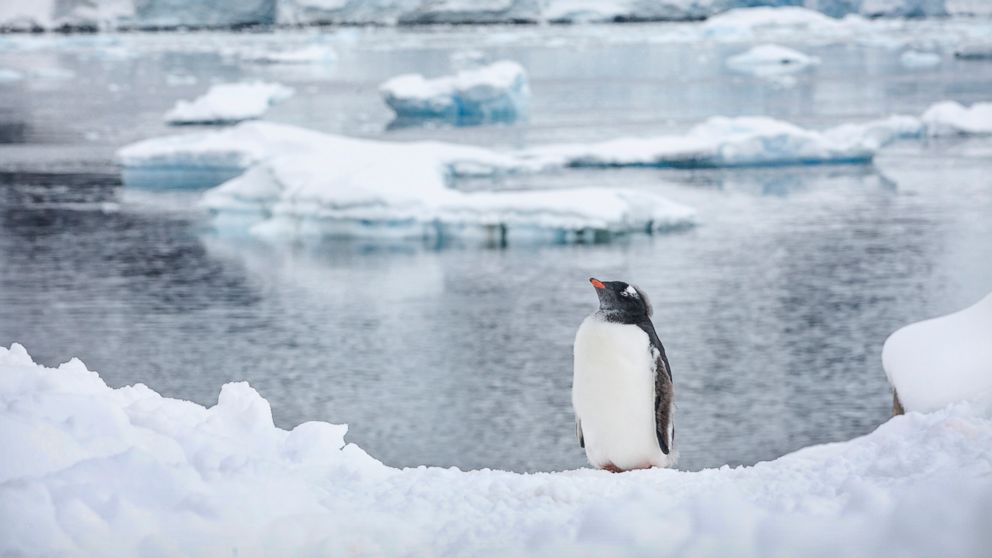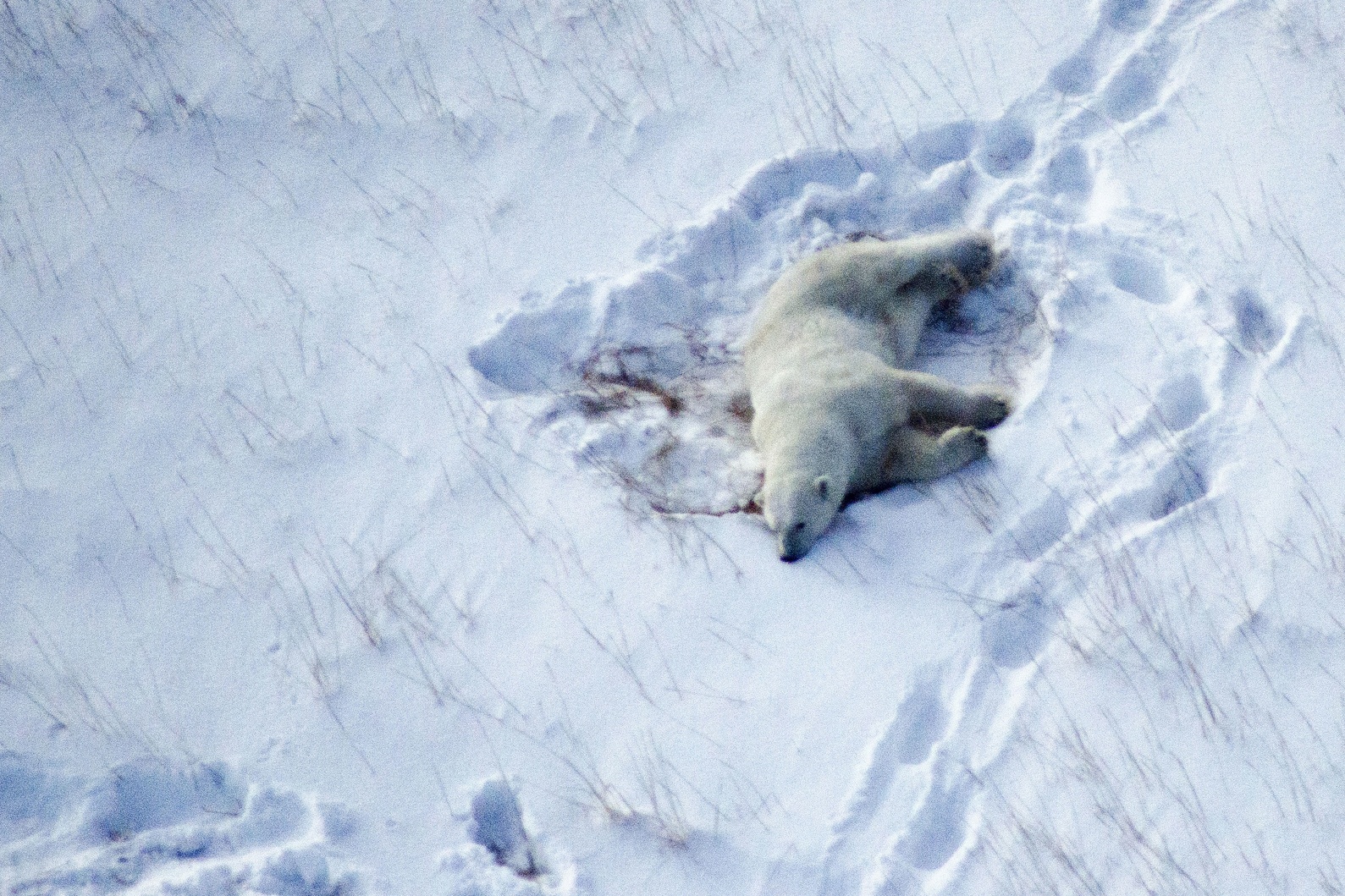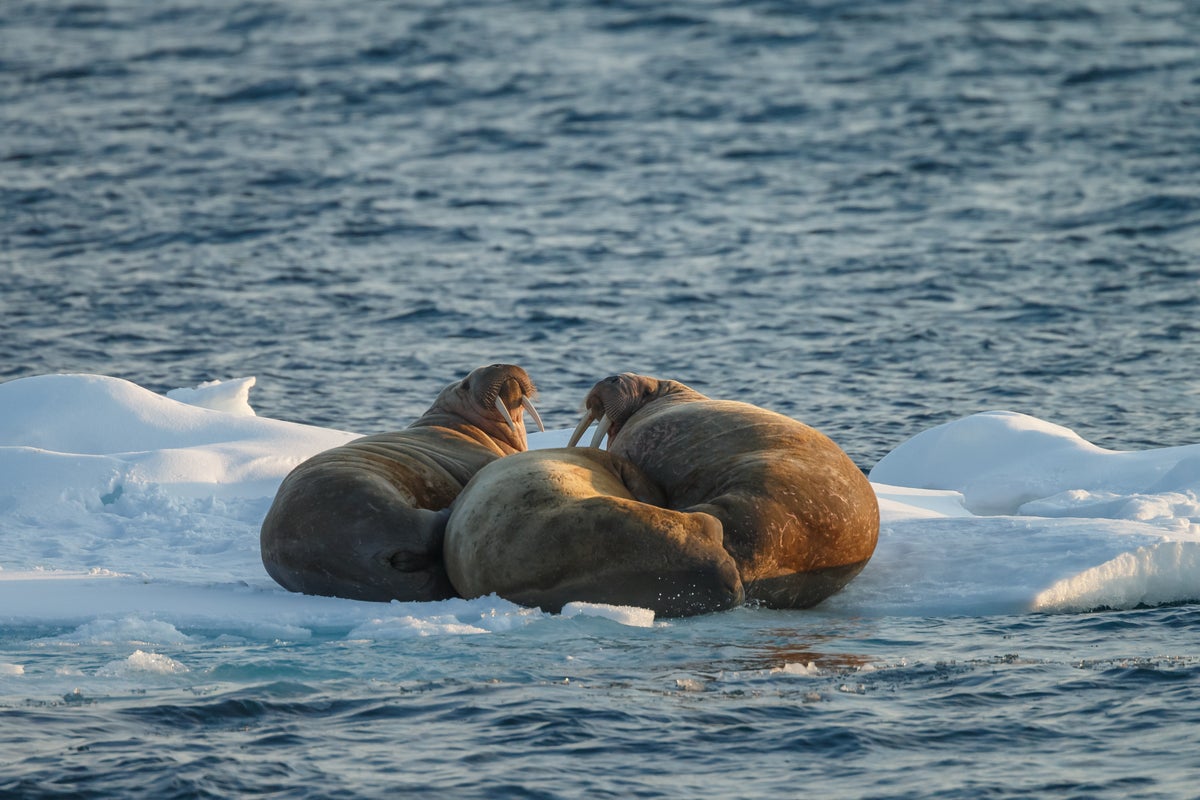Latest How Does Global Warming Affect Animals And Their Habitats You Must Read
Warmer water will also cause the population of fish such as trout The melting ice will cause the loss of habitat for species such as the polar bears, penguins, and seals.

Why Some Penguins Thrive in Climate Change ABC News
The greater vulnerability of sea creatures may.

How does global warming affect animals and their habitats. Connections among individuals within a species aren't the only things that can be disrupted: Climate change has a significant direct effect on terrestrial animals, by being a major driver of the processes of speciation and extinction. Global warming has the potential to cause extinctions in a majority of the world's especially valuable ecosystems.
This is yet another major impact of global warming on. In general, climate change affects animals. Movement is an integral part of the ecology of many animals, and it can affect individual fitness and population persistence by enabling foraging and predation, behavioural interactions, and migration.
Climate change encompasses not only rising average temperatures but also extreme weather events, shifting wildlife populations and habitats, rising seas, and a range of other impacts. In this case, the animals need to migrate from their natural habitat and many of them even become extinct. Global warming can also threaten the ties that.
More frequent and intense drought, storms, heat waves, rising sea levels, melting glaciers and warming oceans can directly harm animals, destroy the places they live, and wreak havoc on people’s livelihoods and communities. Migration, in particular, affects biodiversity at regional and global scales, and migratory animals affect ecosystem processes. Effect of global warming on species global warming has proven harmful to many of the earth’s species.
If you didn't know already, global warming is a phenomenon in which the earth's global temperature rises. And will continue to affect these regions, according to the third 3 and fourth 4 national climate assessment reports, released by. The ability of forests and other ecosystems to provide culturally and economically important services—timber, water supply protection,.
Depending on a species responses to the warming, especially their ability to migrate to new sites, habitat change in many ecoregions has the potential to. The arctic ice that is melting makes it difficult for polar bears to hunt. Most animals have already moved from their habitat;
Their results, published recently in global change biology indicate that areas with high temperatures and where average rainfall has decreased over time increase the chance of a species being. The devastating effects from this include increased the. Evolution would have to occur 10,000 times faster than it typically does in order for most species to adapt and avoid extinction.
This warming signal is also found in ocean temperatures, soil temperatures, melting glaciers, and melting polar ice caps. Approximately 15 billion trees are cut down each year. The clearing of land for farming, grazing, mining, drilling, and urbanization impact the 80 percent of global species who call the forest home.
Regional effects below are some of the impacts that are currently visible throughout the u.s. When the weather changes dramatically the temperatures can make the plants or animals die. Global warming global warming is the causation of the glaciers melting, sea levels rising, cloud forests drying, and wildlife struggles today.
The intergovernmental panel on climate change estimates that 20 to 30 percent of assessed plants and animals could be at risk of extinction if average global temperatures reach the projected levels by 2100. With such a limited habitat in the circumpolar arctic, global warming and climate change have a drastic effect on their populations, environments, and breeding habits. The ways that humans have contributed to this rising problem is by burning fossil fuels, cutting down trees and making substances that trap heat on the planet.
Polar bears in a warming climate. They move to cooler places. An interactive exploration of how global warming is affecting sea ice, glaciers and continental ice sheets worldwide.
A global shift in the climate leads to the loss of habitats of several plants and animals. The change in temperature caused by global warming has many effects on the habitats of animals. Majority of plants and animals can only survive in a certain temperature.
No longer is climate change something only facing future generations—changes to our climate are being documented all across the planet today, and people, animals, and plants are already feeling the heat. 2) how does global warming effect plants and the environment? The best known example of this is the carboniferous rainforest collapse, which occurred 305 million years ago.this event decimated amphibian populations and spurred on the evolution of reptiles.
Donald Trump Wants To Eliminate NASA's Climate Change
Effect on Ecosystems and Agriculture ES Project
10 Things You May Not Know About Polar Bears The

A Polar Bear Population is In Decline. Can You Guess Why
:max_bytes(150000):strip_icc()/177213330-56a2b3c63df78cf77278f29a.jpg)
Tectonic Plates' Effect on Evolution
/GettyImages-155141288-5c513be646e0fb00014a2f4c.jpg)
The Effects of Global Warming on Animals
A First Mammal Has Gone Extinct from Climate Change The
A little extra global warming will mean a lot more habitat

Club Penguin with real penguins The Iceberg
Protecting Home for Wildlife in the Arctic The National
How Animals Fight Global Warming

Global warming hits sea creatures hardest Newsroom

WWF Climate Director Global Warming Has Devastating

Polar Bears in a Changing Climate Julene Reed

Index North Pole Experiences Balmy 40 Degree Weather

» Effects on Polar Bears The Effect of Climate Change on
The Shrinking World of Penguins



Post a Comment for "Latest How Does Global Warming Affect Animals And Their Habitats You Must Read"